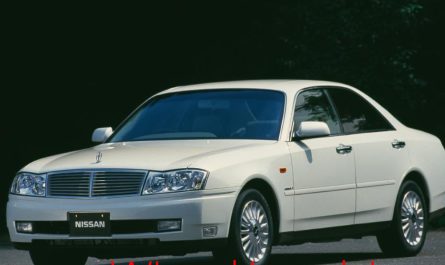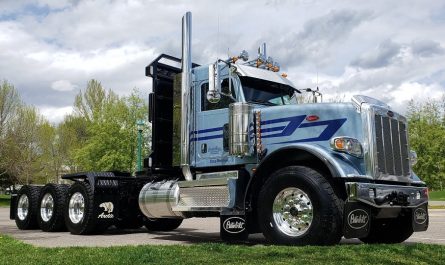If you own a vehicle with a trailer hitch, you might be wondering if it can do more than just pull a trailer. Many drivers consider using the same hitch for multiple purposes — from towing boats, campers, or utility trailers to carrying bike racks for weekend cycling trips.
While the idea sounds simple, there are important details you need to understand before swapping between towing and bike rack use. The short answer is often “yes,” but the full answer depends on the type of hitch you have, your vehicle’s specifications, and how you plan to use it.
Let’s break down the factors so you can decide if your hitch can handle both jobs safely.

Understanding How Hitches Work
A trailer hitch is essentially a connection point mounted to your vehicle’s frame that allows you to attach different types of equipment. The key part is the receiver tube, where you insert either a ball mount (for towing) or an accessory like a bike rack.
Hitches come in different classes based on strength, size, and capacity:
- Class I & II: Designed for light-duty towing and accessories like small bike racks.
- Class III & IV: Suitable for heavier trailers and larger accessories.
- Class V: Heavy-duty hitches for maximum towing capacity.
The class determines not only how much weight you can tow, but also which bike racks or accessories will fit.
Towing vs. Carrying a Bike Rack: What’s the Difference?
Even though the same receiver tube can be used for both a trailer ball mount and a bike rack, the demands on your hitch are different for each job.
- Towing: The hitch is pulling weight horizontally, with the trailer tongue weight pushing down vertically. Stability and weight distribution are critical.
- Bike rack use: The hitch supports weight that extends away from the vehicle, creating leverage that puts additional stress on the hitch and frame.
This means your hitch may be able to handle towing a certain load, but might have a lower capacity rating for tongue weight when holding an accessory like a bike rack. Always check your hitch’s specifications for both towing and accessory use.
Checking Weight Ratings
Two numbers are important:
- Towing Capacity — The maximum weight your vehicle and hitch can pull.
- Tongue Weight Capacity — The maximum downward force the hitch can support.
For bike racks, the tongue weight is the more relevant figure. A hitch might be rated to tow 5,000 pounds but only handle 500 pounds of tongue weight. A loaded bike rack with several heavy bikes could exceed that limit if you’re not careful.
Compatibility Considerations
Before using your hitch for both towing and a bike rack, check:
- Receiver Size: Most bike racks are designed for 1.25-inch or 2-inch receivers. The hitch you have must match or use an approved adapter.
- Clearance: Some hitches sit further under the bumper, which could cause a bike rack to be too close to the vehicle.
- Hitch Class: Higher-class hitches tend to be more versatile, but an oversized hitch won’t increase the vehicle’s limits.
- Hitch Type: Fixed hitches work for both uses, but specialized towing setups (like gooseneck or fifth-wheel hitches) aren’t compatible with standard bike racks.
Swapping Between Towing and Bike Racks
Switching from a ball mount to a bike rack is usually straightforward:
- Remove the Ball Mount: Pull the hitch pin and slide the mount out.
- Insert the Bike Rack: Align the shank with the receiver tube.
- Secure with a Pin or Lock: Make sure it’s fully seated and locked.
Always store the ball mount safely when it’s not in use to avoid rust or misplacement.
Safety Tips for Dual Use
If you plan to use your hitch for both towing and bike racks, keep these tips in mind:
- Never exceed weight ratings — including tongue weight for bike racks.
- Avoid adapters unless approved — They can reduce capacity and increase leverage on the hitch.
- Inspect the hitch regularly — Switching accessories often means more wear and tear. Check for cracks, rust, or loose bolts.
- Consider ground clearance — Bike racks can extend low to the ground, especially on hitches meant for towing heavy loads.
- Be mindful of rear visibility — A loaded bike rack can block taillights or your rear camera view.
Advantages of Using One Hitch for Both
- Cost savings: You don’t need separate hitch installations.
- Convenience: One receiver setup works for multiple needs.
- Versatility: The same vehicle can switch from hauling gear to carrying bikes in minutes.
When You Might Need a Separate Hitch
While many setups work for both towing and bike racks, there are situations where a separate hitch or mount is a better choice:
- Specialized towing setups — like fifth-wheel or gooseneck hitches, which aren’t compatible with standard bike racks.
- Extremely heavy towing loads — that require the hitch to stay dedicated to a specific ball mount for stability.
- Vehicles with very low tongue weight limits — where adding a bike rack could push the hitch past safe limits.
Final Thoughts
In most cases, the same hitch can be used for towing and bike racks — as long as it’s the correct class, has the right receiver size, and meets all weight requirements. The key is knowing your hitch’s limitations and your vehicle’s ratings before attaching anything.
By checking compatibility, respecting weight limits, and inspecting your hitch regularly, you can safely switch between pulling a trailer and carrying your bikes without risking damage or safety issues.
Your hitch can be a multipurpose tool, but like any tool, it works best when used correctly. Take the time to understand its capabilities, and it will serve you well for years of adventures — whether on the road or the bike trail.


